Why passenger aircraft flights over the Himalayas are prohibited
By Pictolic https://pictolic.com/article/why-passenger-aircraft-flights-over-the-himalayas-are-prohibited.htmlMany people believe that nowadays there are no places in the world over which air routes would not run. Planes are everywhere today and they can be seen in the sky over the dense Siberian taiga and over the most remote islands of the Pacific Ocean. But still there are places on the planet where planes are forbidden to fly. Many will immediately remember the icy continent of Antarctica. But this is not the only region closed to passenger liners. There is another one, not so remote — it is the Himalayas.
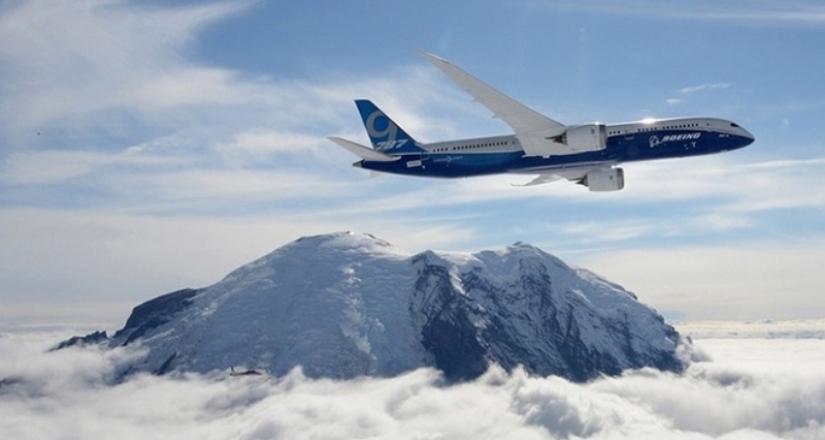
Theoretically, it is possible to fly over the Himalayan Ridge. To do this, you just need to get permission from the Chinese authorities. But it only seems like a simple task — the Chinese are extremely reluctant to issue such documents. It is much easier not to get involved with paperwork and just fly around the highest mountains of the Earth from the north or south. That's exactly what airline liners do.
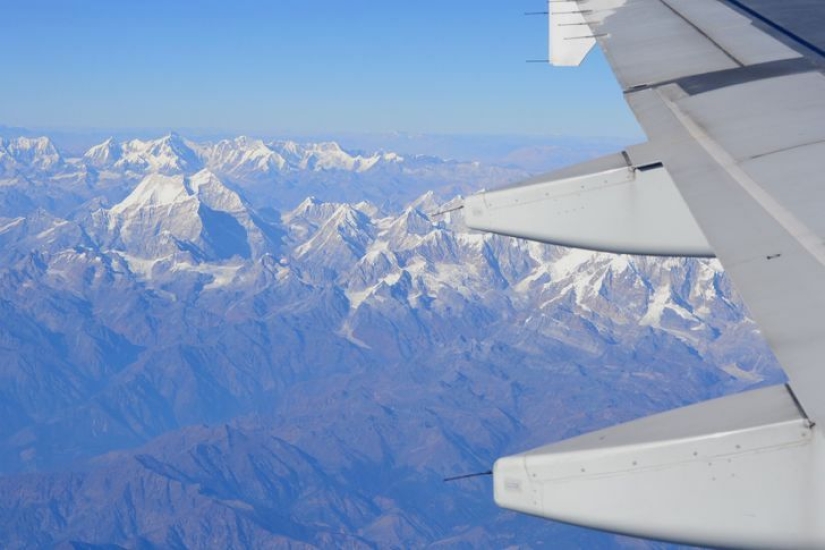
There are times when you still need to fly over these mountains. Such a need, by the way, often arises among scientists. In this case, you will have to re-equip the aircraft. Permission can be issued only for those aircraft whose oxygen tanks are enlarged. In most passenger aircraft, the oxygen supply supplied to the masks during cabin depressurization lasts for 20 minutes. It is assumed that during this time the pilots will be able to lower the emergency liner to a height safe for humans.
But for flights over the highest mountains of the world, such a reserve is not enough. The highest point of the planet is Mount Everest, whose height is 8,848 meters above sea level. It seems that for a modern airliner flying at an altitude of 10,000 meters, or even higher, mountains are not a hindrance. Yes, it is, but only if the flight takes place in normal mode.
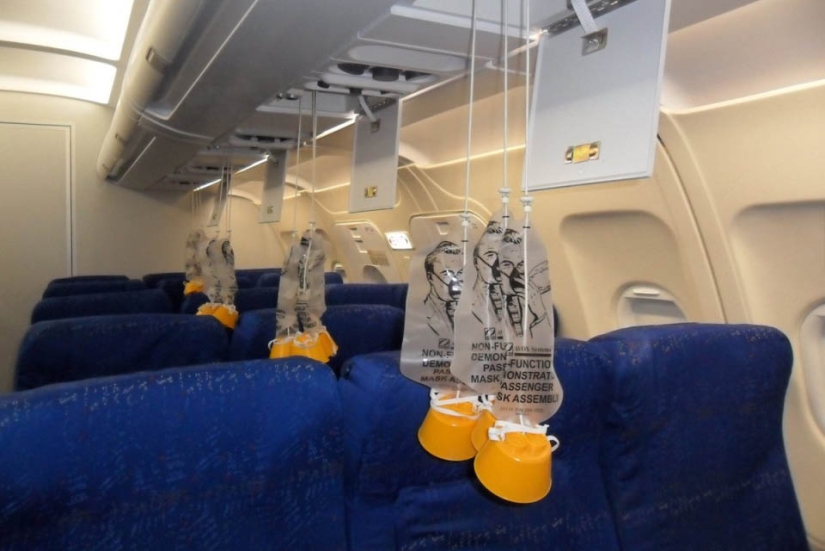
In order for passengers not to die from lack of oxygen, pilots need to lower the plane in 20 minutes to an altitude of 3,000 meters. In the Himalayas, this is not possible everywhere. The average height of the ridge is 6,000 meters, and the Tibetan Plateau is 4,400 meters. And it will not be possible to cross the ridge "quickly" on an emergency liner. This is the largest mountain massif of the Earth by area. It stretches for 2,500 km from west to east and more than 1,000 km from north to south.
If the cabin depressurization occurs over the middle of the highlands, then the aircraft will need to travel 500 km before it can descend. Since the speed of a passenger liner rarely exceeds 850 km/ h, it will take 35 minutes. It is obvious that a 20-minute supply of oxygen in standard tanks will not be enough for passengers.
Depressurization is not the only danger that lies in wait for aircraft at high altitude. Sometimes there is such an emergency as an engine failure. It is well known that this is an abnormal and dangerous, but not a critical situation. All modern aircraft can fly on one remaining engine. But the maximum height of 10,000 meters will no longer be available for them.
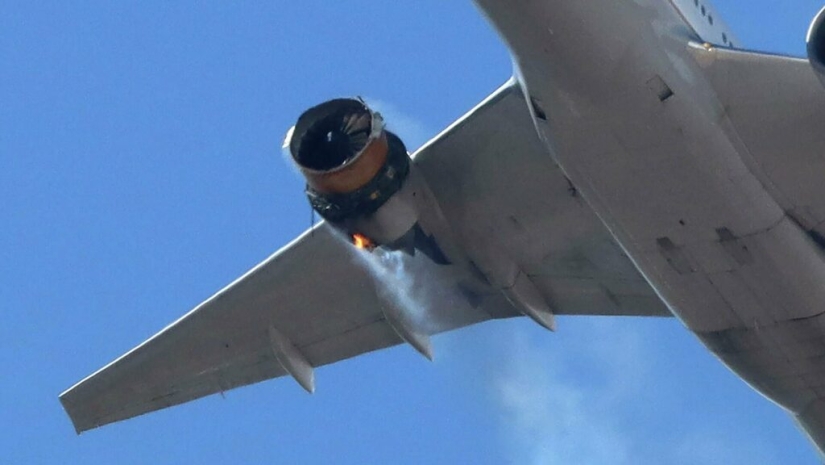
If one of the engines fails, the liner switches to the OEI — One Engine Inoperative mode ("One engine does not work"). He can continue flying to the nearest airfield, but his capabilities are severely limited. The ceiling in OEI mode is in the range of 6000 to 7500 meters. It is easy to guess that this is not enough to cross the Himalayas. Only the "eight-thousandth" in the composition of this ridge 14. If we talk about mountains with a height of 7,000 meters and above, then there are more than a hundred of them.
In the event of an engine accident, the pilot will have to arrange a "race for survival" between the mountains. In some places of the ridge, such a race is possible. The Chinese, together with the International Air Transport Association (IATA), have developed several routes for emergencies. Airlines that have received permission to fly over the mountains are required to adhere to these routes.
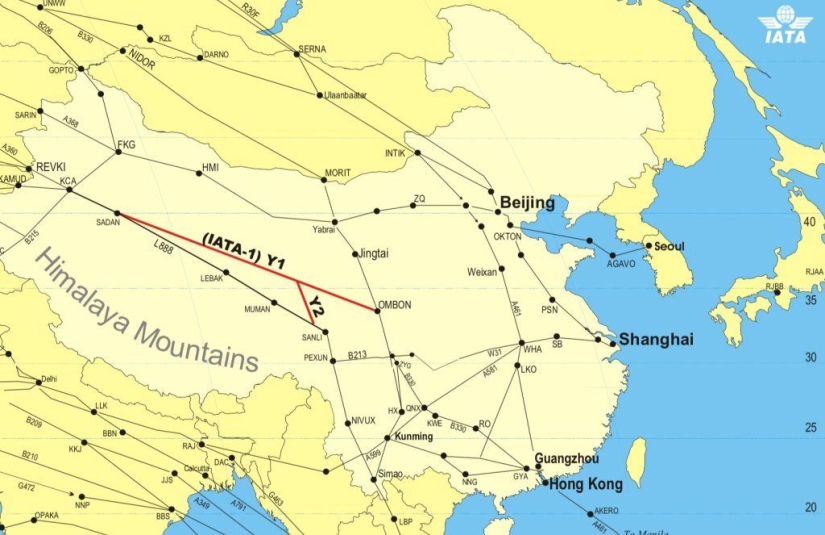
The main route through the Himalayas and the Tibetan Plateau has the index L888 and the romantic name "Silk Road". Nearby there are also auxiliary routes designated as Y1, Y2 and Y3. All these are ways that pilots can use if the thrust drops due to engine failure and they have to fly at a dangerous altitude.
Despite this, only a few fly over the Himalayas. It seems that the direct route significantly reduces fuel consumption, and the increased breathing tanks will quickly pay off. But it's not just about them. After such refinement, the airliner must be certified by regulators from the United States and Europe. It's long, troublesome and expensive. Yes, we should not forget about the picky Chinese, who always have the last word in this matter.
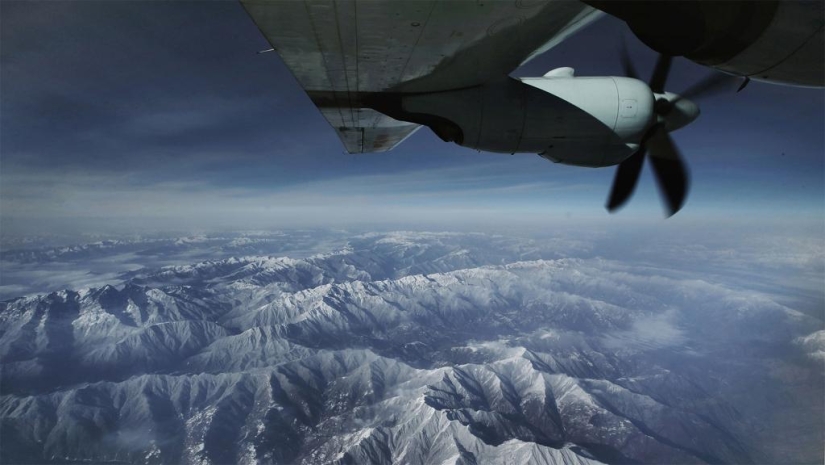
Those who have completed the revision, passed certification and received permission from the Chinese, still cannot fly when they want. Before each flight over the Himalayas and Tibet, you need to officially notify the PRC authorities 60 days in advance. This whole set of conditions works almost like a complete ban and no one wants to face problems. It is better to spend a couple of extra tons of fuel and fly around the mountains side.
Recent articles

Treasures are all associated with pirates, robbers and the affairs of bygone days. You will be surprised, but countless treasures ...

Professional street photographer Eric Kim teaches his craft in workshops around the world. Next, you will find some tips from a ...

An Englishman, a German and a Russian meet... No, this is not the beginning of another joke, but a rough description of a video ...